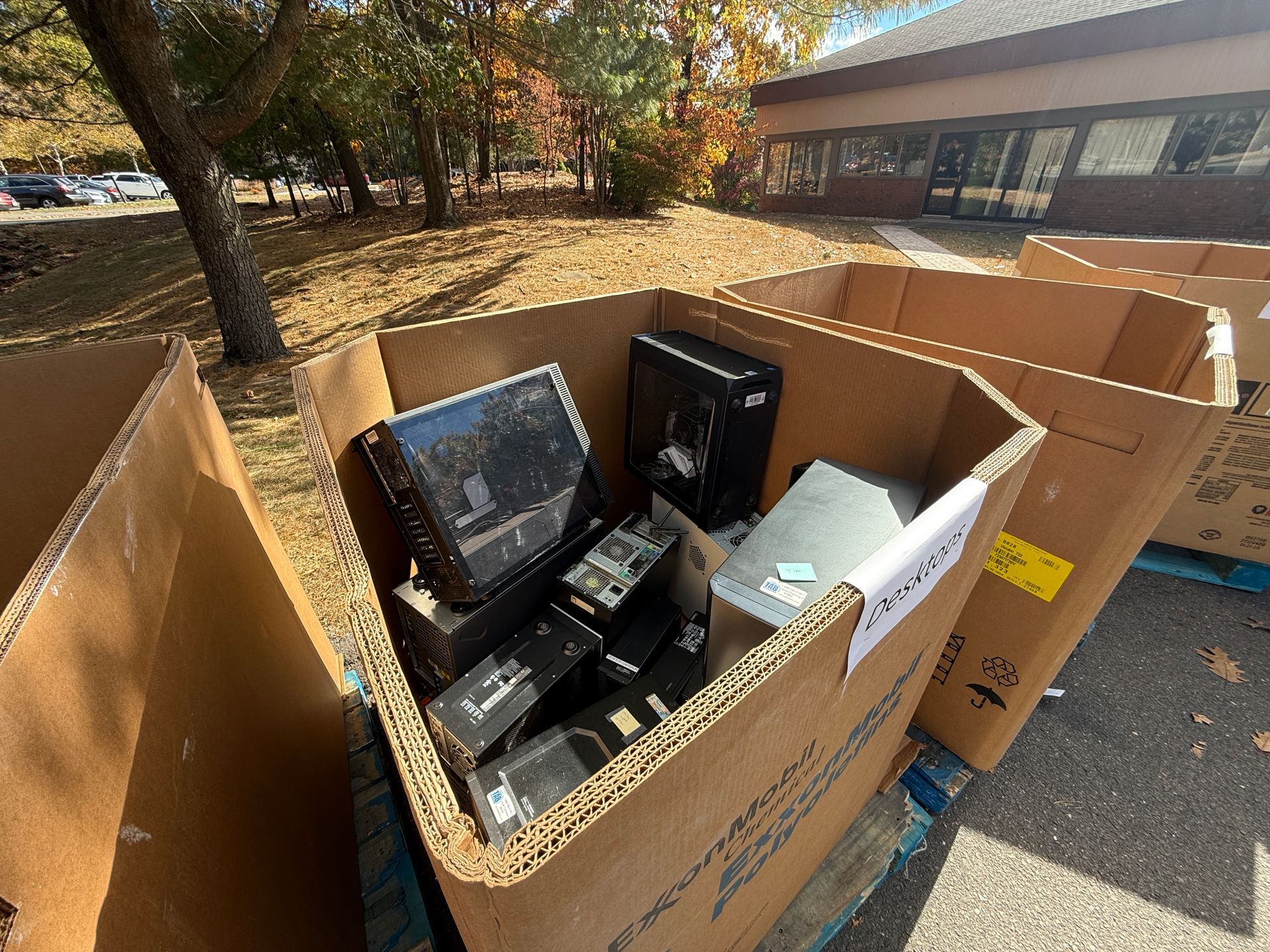Windows 10 End of Life Is Here—But You Don’t Have to Face It Alone
The Walker Group can help you reduce risk, extend protection, and upgrade with confidence.

On October 14, 2025, Microsoft will officially end support for Windows 10.
After that date, there will be no more security updates, bug fixes, or technical support. For organizations that still rely on Windows 10—especially on older, out-of-warranty devices—this marks a critical turning point.
Running an unsupported operating system doesn’t mean your computers stop working overnight. But it does mean that every day after October 14th, your business will be exposed to growing security risks, compliance challenges, and operational vulnerabilities. Cybercriminals often target outdated systems precisely because they no longer receive patches.
In fact, according to industry research, nearly 60% of data breaches are linked to unpatched vulnerabilities in outdated software. For businesses, continuing to run Windows 10 past its End of Life without a plan significantly increases the likelihood of becoming a target.
If replacing or upgrading all systems immediately isn’t realistic, there are steps you can take to reduce risk in the short term while preparing a long-term strategy.
Short-Term Risk Mitigation Strategies
Limit Internet Exposure
- Restrict unsupported systems from unnecessary internet access.
- Use them only for specialized, offline applications where possible.
- Segment these devices from your production network to prevent lateral movement in the event of an attack.
Strengthen Security Layers
- Deploy a third-party endpoint protection solution with active monitoring.
- Enforce strict firewall rules and application controls.
- Remove unused software and disable unnecessary services to shrink the attack surface.
Control Access
- Prohibit administrative access for everyday users.
- Disable remote access services like RDP unless absolutely required.
- Require encryption for sensitive data stored on legacy systems.
Maintain Strong Backups
- Ensure data on Windows 10 systems is backed up regularly and stored securely.
- Test recovery procedures so business continuity isn’t at risk if a system is compromised.
Long-Term Planning is Critical
While these measures can help you buy time, they are not substitutes for a sustainable technology roadmap. Unsupported operating systems introduce ongoing risks, including:
- Security vulnerabilities that can’t be patched.
- Compliance gaps that could affect regulatory requirements.
- Operational inefficiencies as vendors drop support for Windows 10.
The most effective strategy is to develop a clear plan for upgrading hardware, moving to Windows 11 where possible, and modernizing legacy workloads through virtualization, cloud migration, or alternative operating systems where appropriate.
Partner with The Walker Group
At The Walker Group, we understand the challenges of balancing budgets, business continuity, and security in times of technology transition. Our team can help you:
- Assess your current systems and identify where risks are most critical.
- Develop a phased upgrade plan to Windows 11 or other modern platforms.
- Implement risk-mitigation strategies to protect legacy devices until they can be retired.
- Explore extended protection options such as third-party vendor solutions (e.g., Sophos extended support), which may add additional layers of security during the transition period.
Windows 10 End of Life is not just an IT issue—it’s a business risk.
Contact The Walker Group to start building your upgrade strategy and ensure your business stays protected.
WE ARE PROUD TO BE
More Recent News







